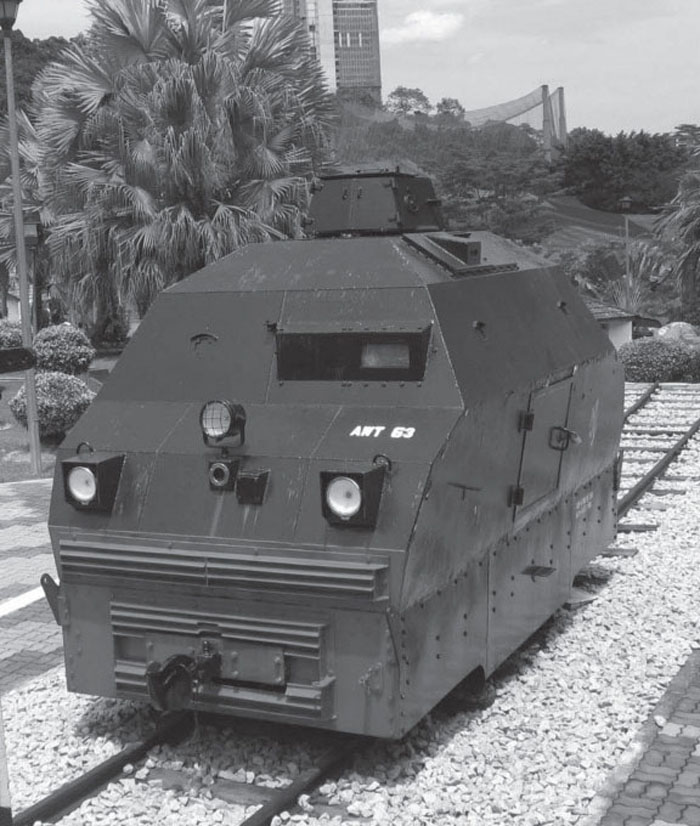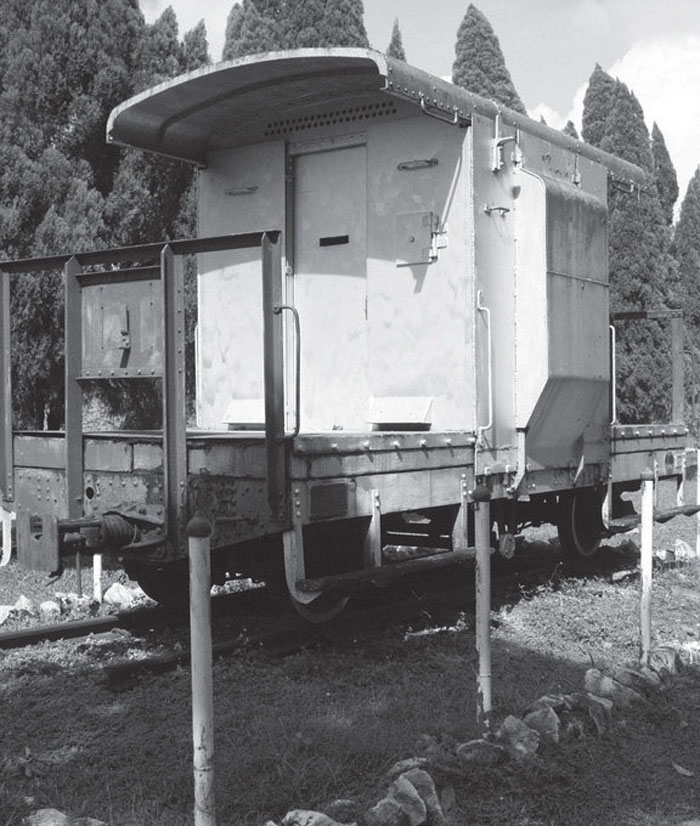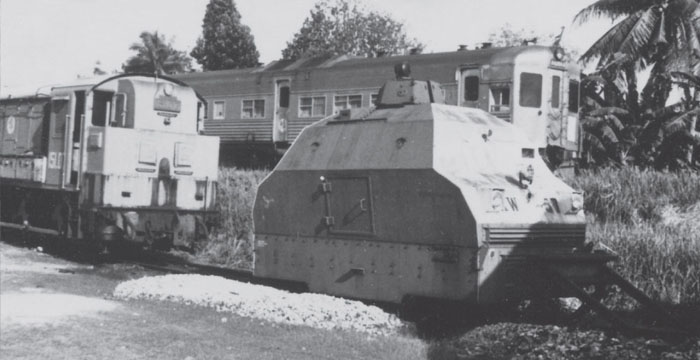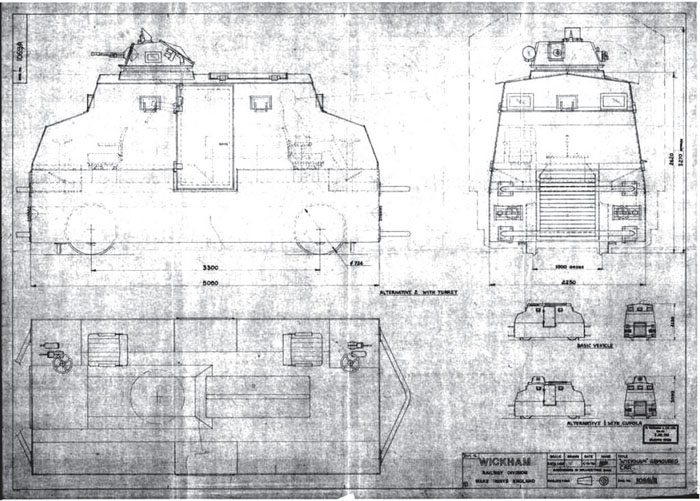
The British began to intervene actively in the affairs of the Malay peninsula from the end of the eighteenth century, and it was made a Protectorate in 1910. After the Japanese occupation during the Second World War, the Malayan Union became a colony in 1946, and two years later was replaced by the Malaysian Federation. A Communist uprising which began on 16 June 1948, and ended in 1960, plunged the country into a hard-fought counterinsurgency war (the ‘Malayan Emergency’). It was during this period, on 31 August 1957, that the Federation gained its independence from Britain.
Following use by the British armed forces, a number of Wickham armed trolleys remained in the country, while others were sold on to countries1 facing similar security threats and which, of necessity, used the same rail gauge. But the need for internal security continued even after the Communist guerrillas surrendered. Following the American withdrawal from Vietnam, the Malaysian authorities feared infiltration by guerrillas coming from Thailand. Therefore in 1978 they ordered a new design from Wickham, but in fact this was destined to remain on the drawing board. The machine was based on a development of the AT 1052 armoured vehicle built by GKN Sankey, to be mounted on a Wickham chassis. Powered by a Perkins V8/540 water-cooled motor, via a Clark 13-H-R 28314 gearbox with three speeds in both forward and reverse, maximum speed was 95km/h (60mph). The 16mm armour would offer protection against 5.56mm and 7.62mm projectiles fired from as close as a dozen metres (13 yards), with a floor 6mm thick. The turret was to have been armed with either one or two 7.62mm L 37 A1 machine guns

Three trolleys are still preserved in museums: AWT Nos 56, 60 and 63. Here is AWT No 63 in front of the Royal Malayan Police Museum in Lake Garden.
(Photo: http://zureuel.blogspot.fr/2008/05/wickhamtrolley-legacy-of-malaysian.html)

An armoured brake van on display at Farlim. This type of armoured unit, of which several examples were probably constructed for use with goods trains, has never received as much attention as the offensive/patrol machines.
(Photo: Jaafar Amil)
SOURCES:
Wickham Archives.
Malayan Railways.

Wickham trolley No 57 in Kuala Lumpur in December 1968. It has probably since been scrapped.
(Photo: Paul Middleton Collection)

The original plan of the Wickham Project proposed to Malaysia in 1978.
(Plan: Wickham)